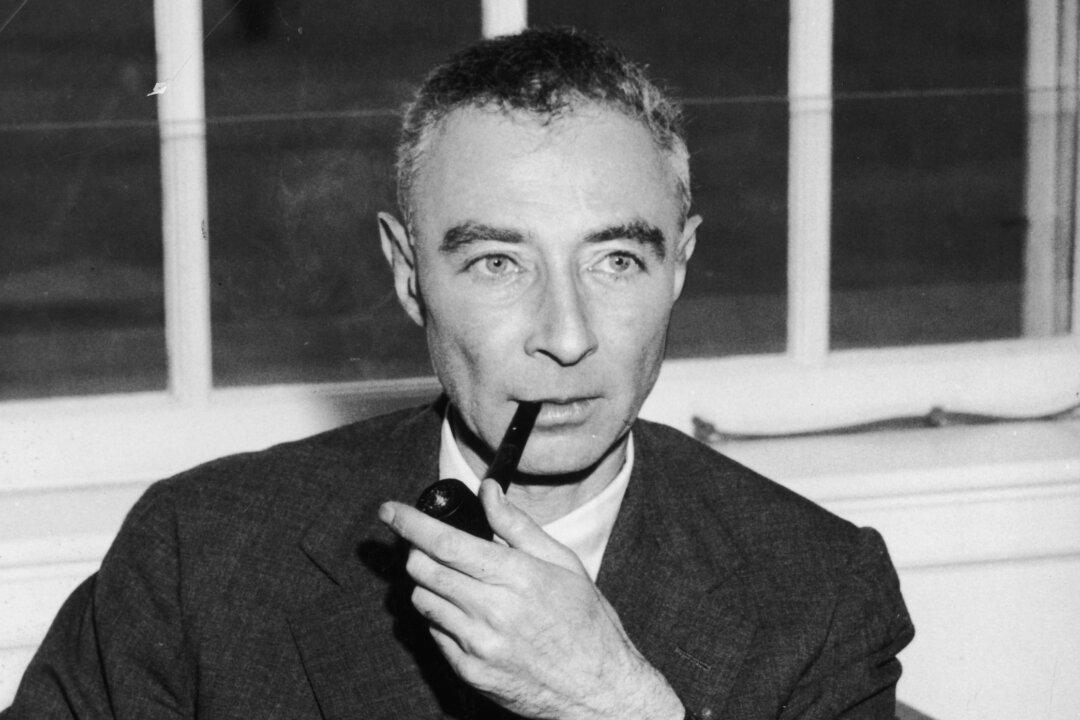Commentary
Shortly after the new “Barbie” movie made its sensational box office debut, I began seeing memes comparing the smiling blonde “doll” to a black-and-white photograph of a grim man in a dark suit. I eventually realized this was from another new release, “Oppenheimer,” which has received much less media attention.





